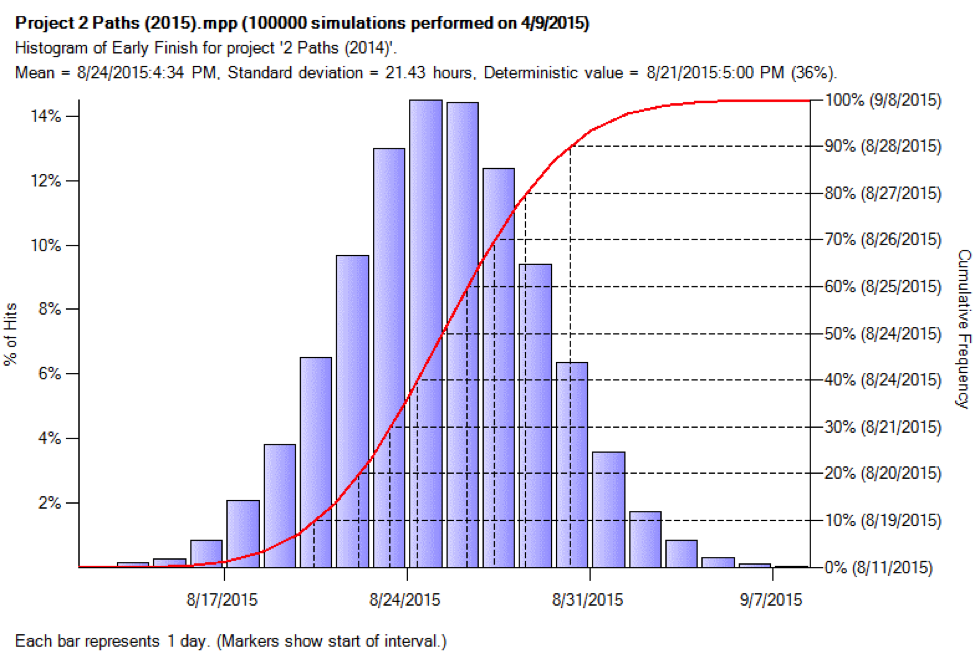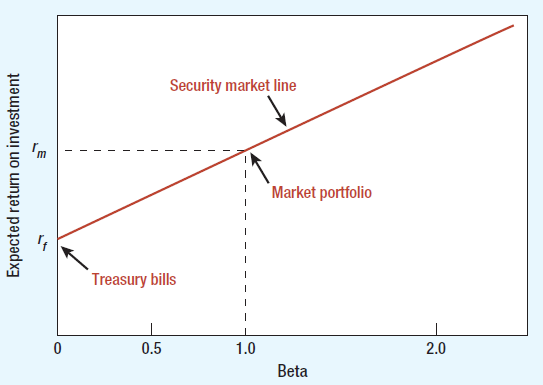

One of your responsibilities is creating closing entries at the end of each accounting period. The eighth step in the accounting cycle is preparing closing entries, which includes journalizing and posting the entries to the ledger. Companies are required to close their books at the end of each fiscal year so that they can prepare their annual financial statements and tax returns. The accountant can choose either method as eventually all the accounts will be transferred to the retained earnings account on the balance sheet. Accounting PeriodAccounting Period refers to the period in which all financial transactions are recorded and financial statements are prepared. The net balance of the income summary account would be the net profit or net loss incurred during the period.
By maintaining your bookkeeping, you can ensure that you are constantly kept informed. As well as being consistently up-to-date on the financial health of your business. Let’s also assume that ABC Ltd incurred expenses of ₹ 45,00,000 in the raw material purchase, machinery purchase, salary paid to its employees, etc., over the accounting year 2018.
Accounting Business and Society
If the revenue was greater than the expenses for the accounting period, then a positive balance is transferred to the retained earnings account. If the expenses exceeded the revenue, then a negative balance or loss will be transferred to the retained earnings account. You might be asking yourself, “is the Income Summary account even necessary? ” Could we just close out revenues and expenses directly into retained earnings and not have this extra temporary account? We could do this, but by having the Income Summary account, you get a balance for net income a second time. This gives you the balance to compare to the income statement, and allows you to double check that all income statement accounts are closed and have correct amounts.
In it, the https://1investing.in/ balances for temporary accounts can be found and used to prepare the closing entries. To further clarify this concept, balances are closed to assure all revenues and expenses are recorded in the proper period and then start over the following period. The revenue and expense accounts should start at zero each period, because we are measuring how much revenue is earned and expenses incurred during the period. Made at the end of an accounting period, it transfers balances from a set of temporary accounts to a permanent account. Essentially resetting the account balances to zero on the general ledger. Now that all the temporary accounts are closed, the income summary account should have a balance equal to the net income shown on Paul’sincome statement.
- This gives you the balance to compare to the income statement, and allows you to double check that all income statement accounts are closed and have correct amounts.
- At the end of a fiscal period, it is necessary to close out all of the temporary accounts.
- These entries, which are made in the journal and posted to the ledger, eliminates the balances in all temporary accounts and transfer those balances to the retained earnings account.
- Finally, the third entry requires dividends to close to the retained earnings account.
Second, just like step one, you need to clear the balance of the expense accounts by debiting income summary and crediting the corresponding expenses. First, all revenue accounts are transferred to the income summary by debiting the revenue accounts and crediting income summary. The credit to income summary must be equal to the total revenue from the income statement. Permanent accounts, on the other hand, include assets, liabilities, and most equity accounts. These account balances roll over into the next period and reflect the company’s financial activity in the long term. They are stored on the balance sheet, a section of the financial statements that investors can use as an indication to asset a company’s value.
Close Dividends Account
Closing entries are needed to clear out your revenue and expense accounts as you start the beginning of a new accounting period. These are general account ledgers that record transactions over the period and accounting cycle. These account balances are ultimately used to prepare the income statement at the end of the fiscal year. Examples of temporary accounts include revenue, expense and dividends paid accounts. There may be a scenario where a business’s revenues are greater than its expenses. This means that the closing entry will entail debiting income summary and crediting retained earnings.

10.2 Evaluate how responsibility accounting is used to help manage a decentralised organisation. The articles and research support materials available on this site are educational and are not intended to be investment or tax advice. All such information is provided solely for convenience purposes only and all users thereof should be guided accordingly. From the above entry, we can see that Bob had made $3,600 in revenue for January 2020.
What are the 4 closing entries?
The accounts that need to start with a clean or $0 balance going into the next accounting period are revenue, income, and any dividends from January 2019. To determine the income from the month of January, the store needs to close the income statement information from January 2019. Second, the closing process updates the retained earnings account to its correct end of period balance.
If you put the days sales in inventorys and expenses directly into retained earnings, you will not see that check figure. No matter which way you choose to close, the same final balance is in retained earnings. To close the income summary account to the retained earnings account, Bob needs to debit the retained earnings and credit the income summary.
Summary of the Closing Entries
Account is an intermediary between revenues and expenses, and the Retained Earnings account. It stores all of the closing information for revenues and expenses, resulting in a “summary” of income or loss for the period. The balance in the Income Summary account equals the net income or loss for the period.
LVMH ‘Extremely Optimistic’ on China as Luxury Sales Leap – PYMNTS.com
LVMH ‘Extremely Optimistic’ on China as Luxury Sales Leap.
Posted: Thu, 13 Apr 2023 12:27:54 GMT [source]
Since dividend and withdrawal accounts are not income statement accounts, they do not typically use the income summary account. These accounts are closed directly to retained earnings by recording a credit to the dividend account and a debit to retained earnings. The income summary is used to transfer the balances of temporary accounts to retained earnings, which is a permanent account on the balance sheet. A closing entry is a journal entry that is made at the end of an accounting period to transfer balances from a temporary account to a permanent account.
To close the account, we need to debit the revenue account and credit the income summary account. In this example we will close Paul’s Guitar Shop, Inc.’s temporary accounts using the income summary account method from hisfinancial statementsin the previous example. Are income statement accounts that are used to track accounting activity during an accounting period. For example, the revenues account records the amount of revenues earned during an accounting period—not during the life of the company. We don’t want the 2015 revenue account to show 2014 revenue numbers. Balance Sheet AccountA balance sheet is one of the financial statements of a company that presents the shareholders’ equity, liabilities, and assets of the company at a specific point in time.
Intermediate Accounting (Kieso)
Alright, so those are temporary accounts being our income statement accounts plus dividends that are permanent accounts. Well, these are accounts that hold balances from period to period. Okay, balance sheet accounts, you can think there’s some cash balance last year, but we’re not going to zero out the cash, right? We still have that cash and the next year, we’re gonna have a different amount of cash or somehow the same amount of cash whatever it might be.

The income summary account is only used in closing process accounting. Basically, the income summary account is the amount of your revenues minus expenses. You will close the income summary account after you transfer the amount into the retained earnings account, which is a permanent account. Your closing journal entries serve as a way to zero out temporary accounts such as revenue and expenses, ensuring that you begin each new accounting period properly. This will ensure that the balances of those expenses account are transferred to the income summary account. A temporary account records balances for a single accounting period, whereas a permanent account stores balances over multiple periods.

It is worth mentioning that there is one step in the process that a business may or may not include, step 10, reversing entries. Reversing entries reverse an adjusting entry made in a prior period at the start of a new period. We do not cover reversing entries in this chapter, but you might approach the subject in future accounting courses. The $1,000 net profit balance generated through the accounting period then shifts. This is from the income summary to the retained earnings account. Temporary accounts can either be closed directly to the retained earnings account or to an intermediate account called theincome summary account.
During the accounting period, you earned $5,000 in revenue and had $2,500 in expenses. Without closing revenue accounts, you wouldn’t be able to compare how much your business earns each period because the amount would build up. And without closing expense accounts, you couldn’t compare your business expenses from period to period. KLO’s adjusted trial balance for the current month is presented below and the temporary accounts are highlighted to demonstrate how these accounts will be closed. There are four closing entries; closing revenues to income summary, closing expenses to income summary, closing income summary to retained earnings, and close dividends to retained earnings.
Expense and dividend accounts are closed in a similar fashion. This process resets both the income and expense accounts to zero, preparing them for the next accounting period. Here Bob needs to debit retained earnings account and credit dividends account. Here we need to debit retained earnings account and credit dividends account.

